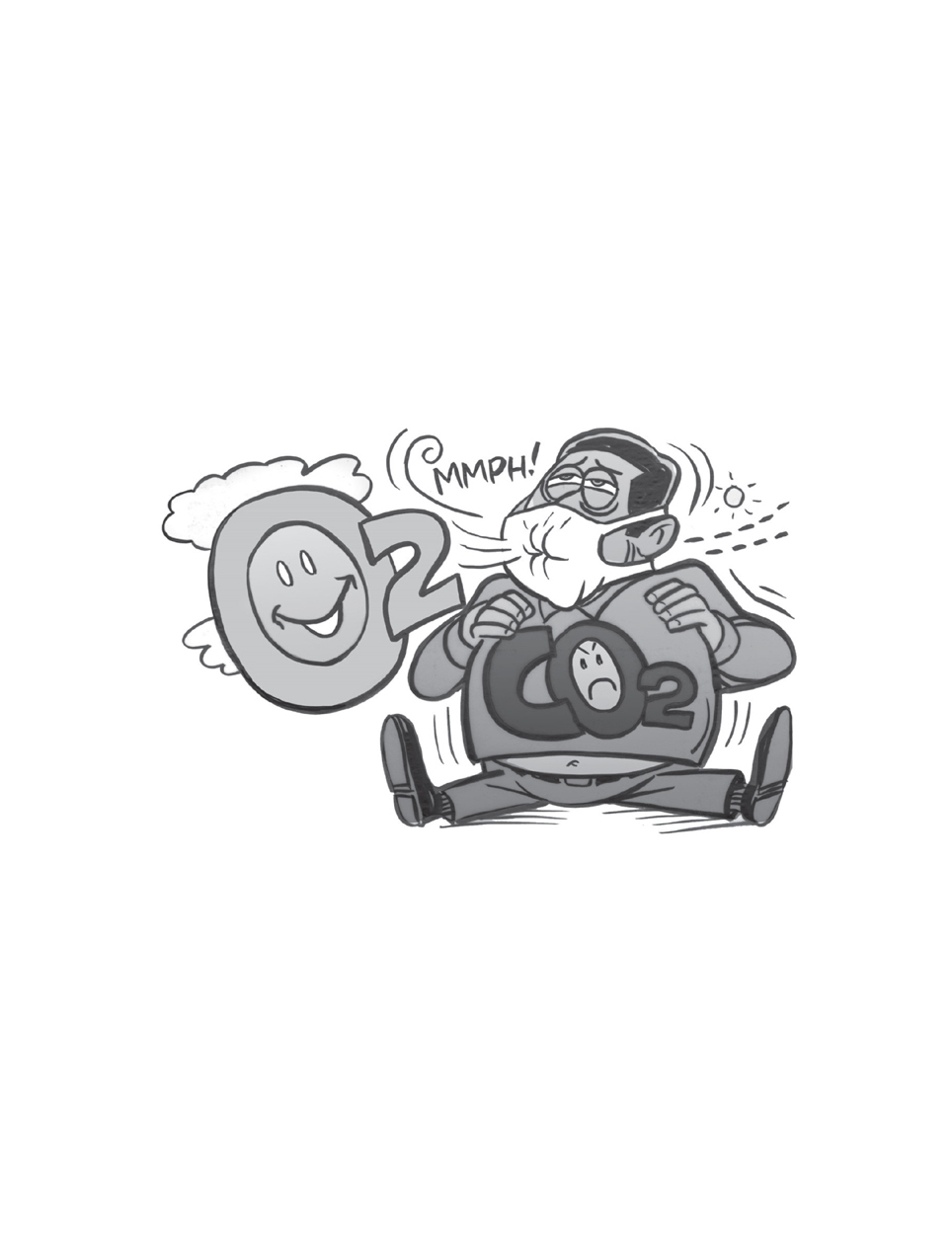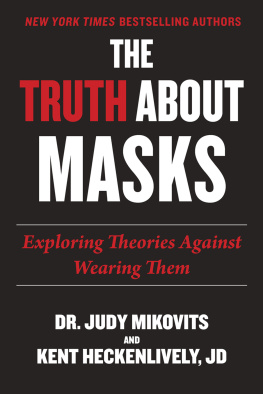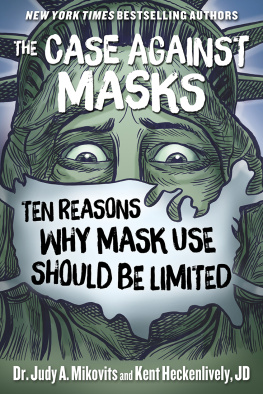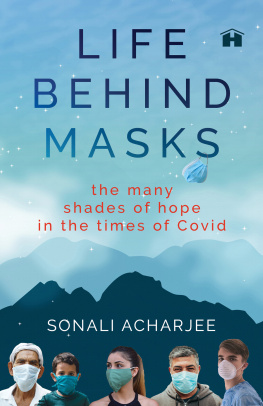


Copyright 2020, 2021 by Dr. Judy A. Mikovits and Kent Heckenlively, JD
Illustrations Copyright 2020 by Ben Garrison
Previously published as The Case Against Masks.
All rights reserved. No part of this book may be reproduced in any manner without the express written consent of the publisher, except in the case of brief excerpts in critical reviews or articles. All inquiries should be addressed to Skyhorse Publishing, 307 West 36th Street, 11th Floor, New York, NY 10018.
Skyhorse Publishing books may be purchased in bulk at special discounts for sales promotion, corporate gifts, fund-raising, or educational purposes. Special editions can also be created to specifications. For details, contact the Special Sales Department, Skyhorse Publishing, 307 West 36th Street, 11th Floor, New York, NY 10018 or .
Skyhorse and Skyhorse Publishing are registered trademarks of Skyhorse Publishing, Inc., a Delaware corporation.
Visit our website at www.skyhorsepublishing.com.
10 9 8 7 6 5 4 3 2 1
Library of Congress Cataloging-in-Publication Data is available on file.
Interior illustrations by Ben Garrison
Print ISBN: 978-1-5107-7141-3
Ebook ISBN: 978-1-5107-7142-0
Printed in the United States of America
In times of universal deceit, telling the truth is a revolutionary act.
George Orwell
Contents
Introduction
You know youve seen them. Perhaps youve even been one of them. The people who are so terrified of catching a deadly virus they drive alone in their car with a mask on. Or maybe you go for a walk or run outside, soaking up that good sunshine and vitamin D, but you make sure you put on that mask before you step out your front door. Perhaps while outside you see a young couple pushing a toddler in a stroller and notice the toddler has a mask on in addition to the parents.
Its not my intention to make fun of these people. The information we get is so confusing and contradictory that we collectively shrug and say, Well, better safe than sorry, and put on a mask before heading out the door. Or maybe you even wear it while inside your house, sitting down to watch television with your family.
Suddenly, the world has become a very terrifying place.
However, I dont believe you make the best decisions when youre scared. The reasoning part of your brain becomes overwhelmed with fear and takes action that, when later considered, seems illogical. Before you get too far into this book, I want you to make a conscious effort to reduce your fear level. If that means you are sitting alone in your bedroom and wearing a mask as you read, terrified of the viral particles you imagine that may be floating unseen around you, then keep that mask on. I doubt you will be wearing it when you finish this book.
I want you to calmly and rationally look at the evidence and arguments in this book and come to your own conclusions.
REASON #1
Oxygen is Good for Human Beings and Carbon Dioxide is Bad!

Nitrogen is an extremely stable gas, and while plants use it for nitrogen fixation (a very critical process for life), it does nothing for us. We breathe it in, and we breathe it out.
By contrast, oxygen makes up only 20.9 percent of our atmosphere and its where the action is with biological organisms. Carbon is also another important element when it comes to creating chemical reactions.
Any science textbook you pick up will tell you that humans need oxygen and give off carbon dioxide as a waste product. If you ever find yourself in a hospital, the nurses may put a blood oximeter on your finger and tell you if your blood oxygen levels are between 95100 percent youre doing great. If your levels get below 90 percent theyll probably need to take action. Low oxygen levels can be caused by pneumonia, emphysema, smoking, and various heart conditions.
How is it that, while oxygen only makes up 20.9 percent of our atmosphere, its found at such high concentrations in our blood? The answer is were oxygen hogs. We desperately need it to power all the chemical and biological reactions necessary for our continued existence and good health. While the world record for holding your breath under water is eleven minutes and thirty-five seconds, its generally agreed that the average human being will start having trouble if deprived of oxygen for three minutes.
And what about carbon dioxide? It makes up only 0.04 percent of our atmosphere. How much carbon dioxide is in the breath we exhale?
When inhaling, humans take in approximately 21 percent oxygen, 0.04 percent carbon dioxide and 79 percent nitrogen. On exhalation, humans give off approximately 16 percent oxygen, 4 percent carbon dioxide and 79 percent nitrogen, according to the BBC; only the amount of nitrogen remains constant in the exchange.
In the process of respiration, humans strip out 5 percent of the oxygen from the air, but we cause a hundredfold increase in the amount of carbon dioxide, from 0.04 percent to 4 percent.
OSHA regulations state, An oxygen deficient atmosphere is an atmosphere that contains less than 19.5 [percent] oxygen, which can cause death. When its coming out of your mouth, the oxygen level is at 16 percent. Is it a good idea to rebreathe the air youve already exhaled, as inevitably happens in even a cloth mask? Its got lower amounts of oxygen and approximately a hundred times the amount of carbon dioxide.
At what level does carbon dioxide start to become a problem? According to Claire Gillespie, writing at
But isnt the purpose of the mask to control air flow? Isnt that what were told by people who are supposed to know? Dont we have the innate sense that in order to be effective, the mask must fit tightly, or else what protection does it provide?
In her article, Gillespie references the National Institutes of Health and their warnings about carbon dioxide levels:
They say that inhaling high levels of carbon dioxide (CO2) may be life-threatening. Hypercapnia (carbon dioxide toxicity) can also cause headache, vertigo, double-vision, an inability to concentrate, tinnitus (hearing a noise, like a ringing or buzzing, thats not caused by an outside source), seizures, or suffocation due to displacement of air.
There can be life-threatening problems caused by high carbon dioxide levels, but also lower level problems like headaches and vertigo. And this doesnt consider how low oxygen and high carbon dioxide levels can impact other biological processes in the body.
These considerations were detailed in a long letter from four researchers from University College London and published in the British Medical Journal in April 2020. Two of their concerns are relevant to our discussion:
Face masks make breathing more difficult. For people with COPD, face masks are in fact intolerable to wear as they worsen their breathlessness. Moreover, a fraction of carbon dioxide previously exhaled is inhaled at each respiratory cycle. Those two phenomena increase breathing frequency and deepness, and hence they may increase the amount of inhaled and exhaled air. This may worsen the burden of [COVID]-19 if infected people wearing masks spread more contaminated air. This may also worsen the clinical condition of infected people if the enhanced breathing pushes the viral load down into their lungs.
Next page










